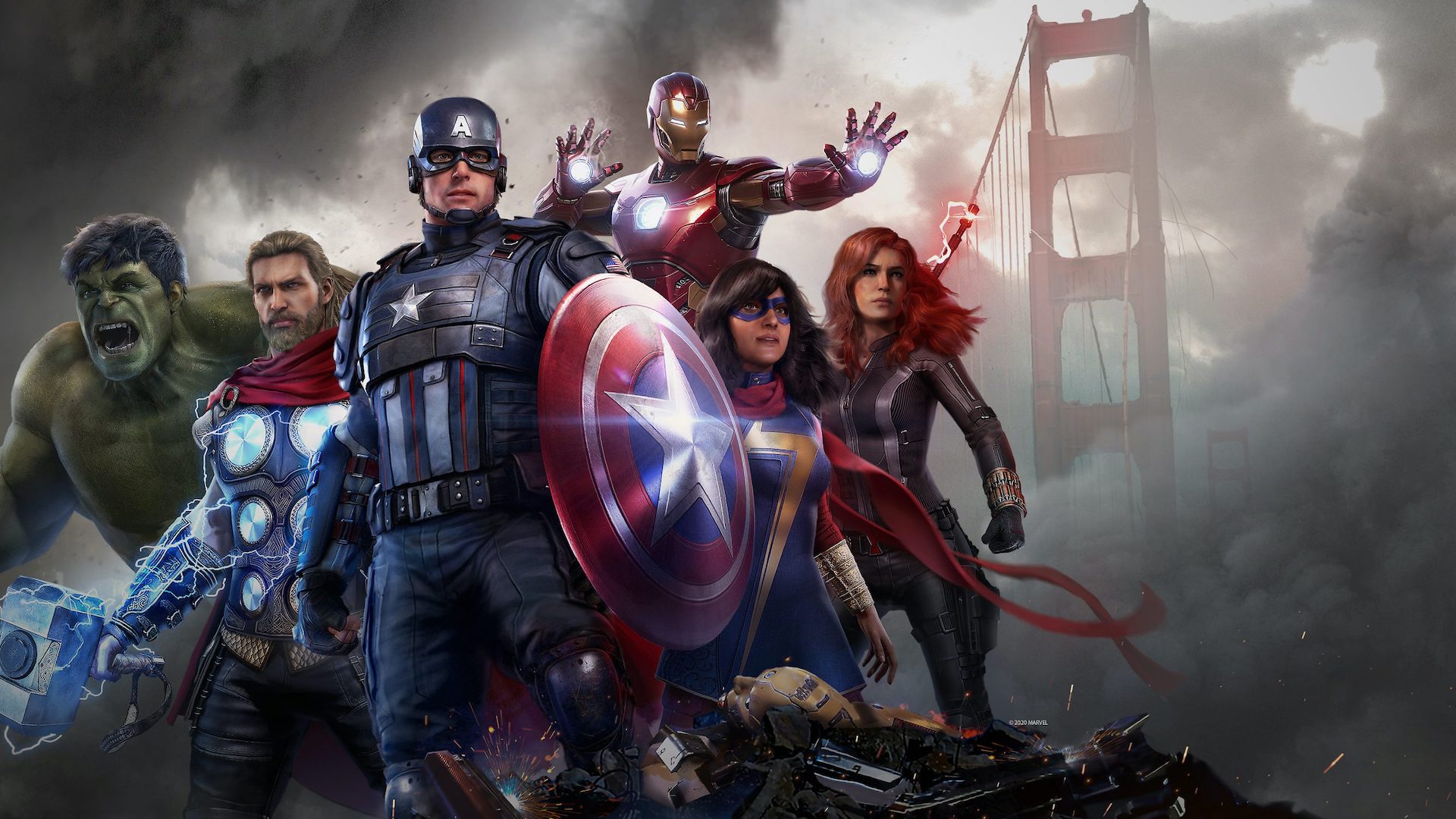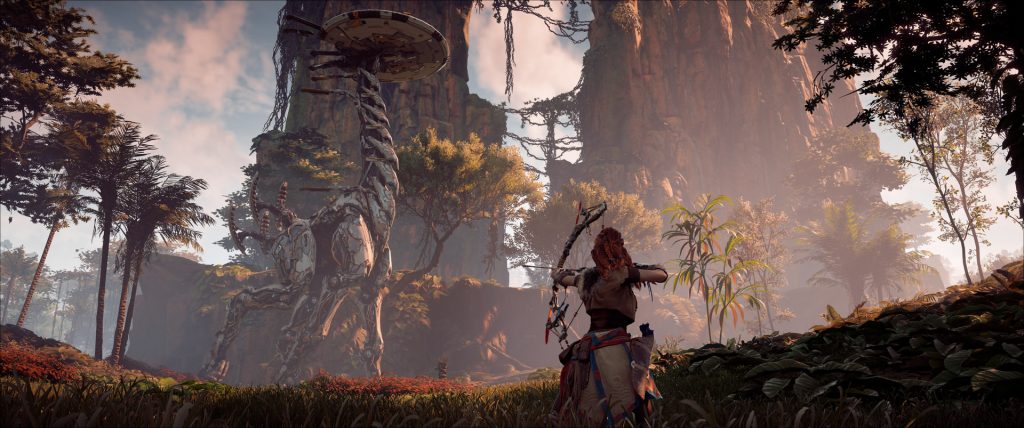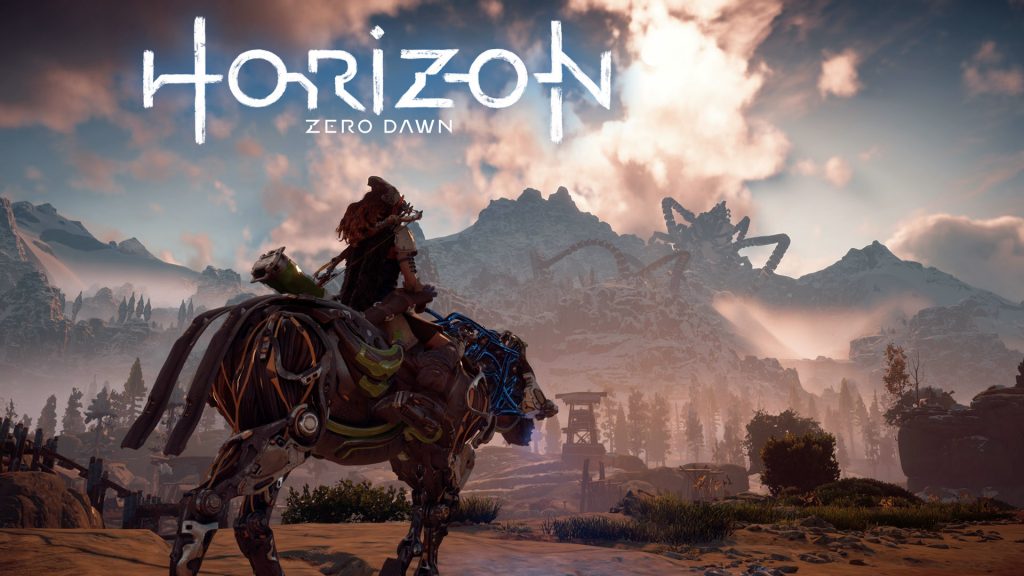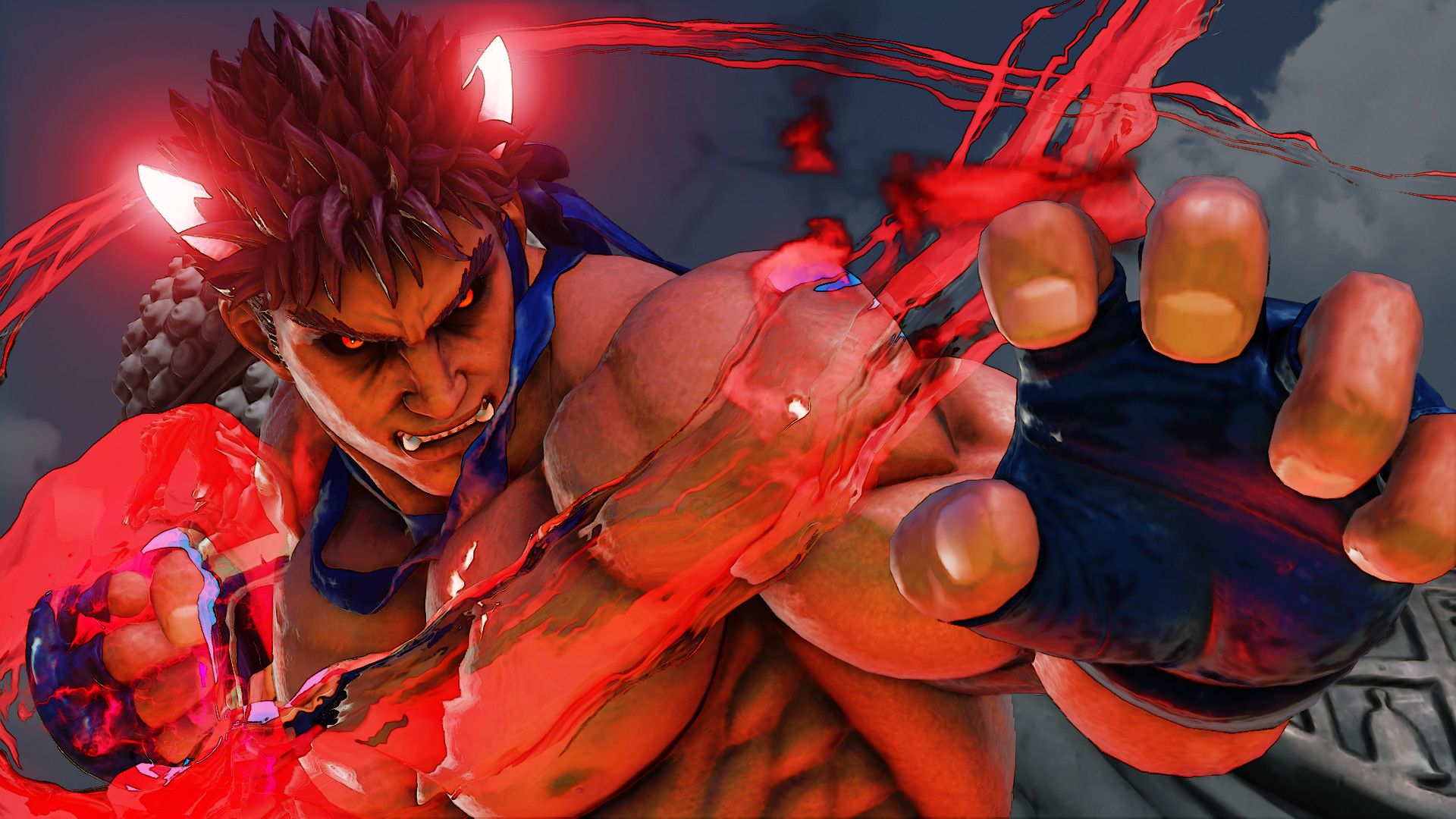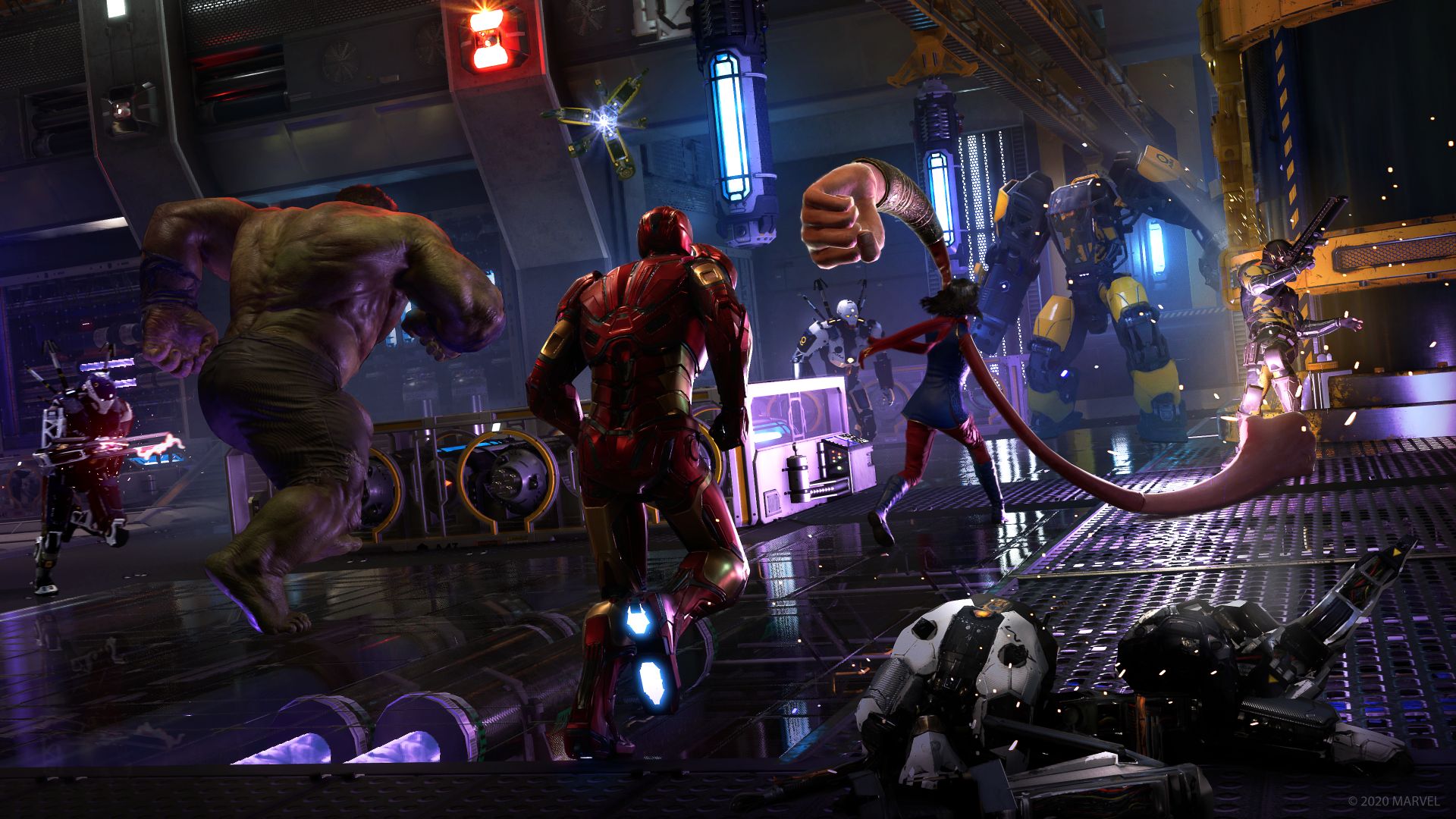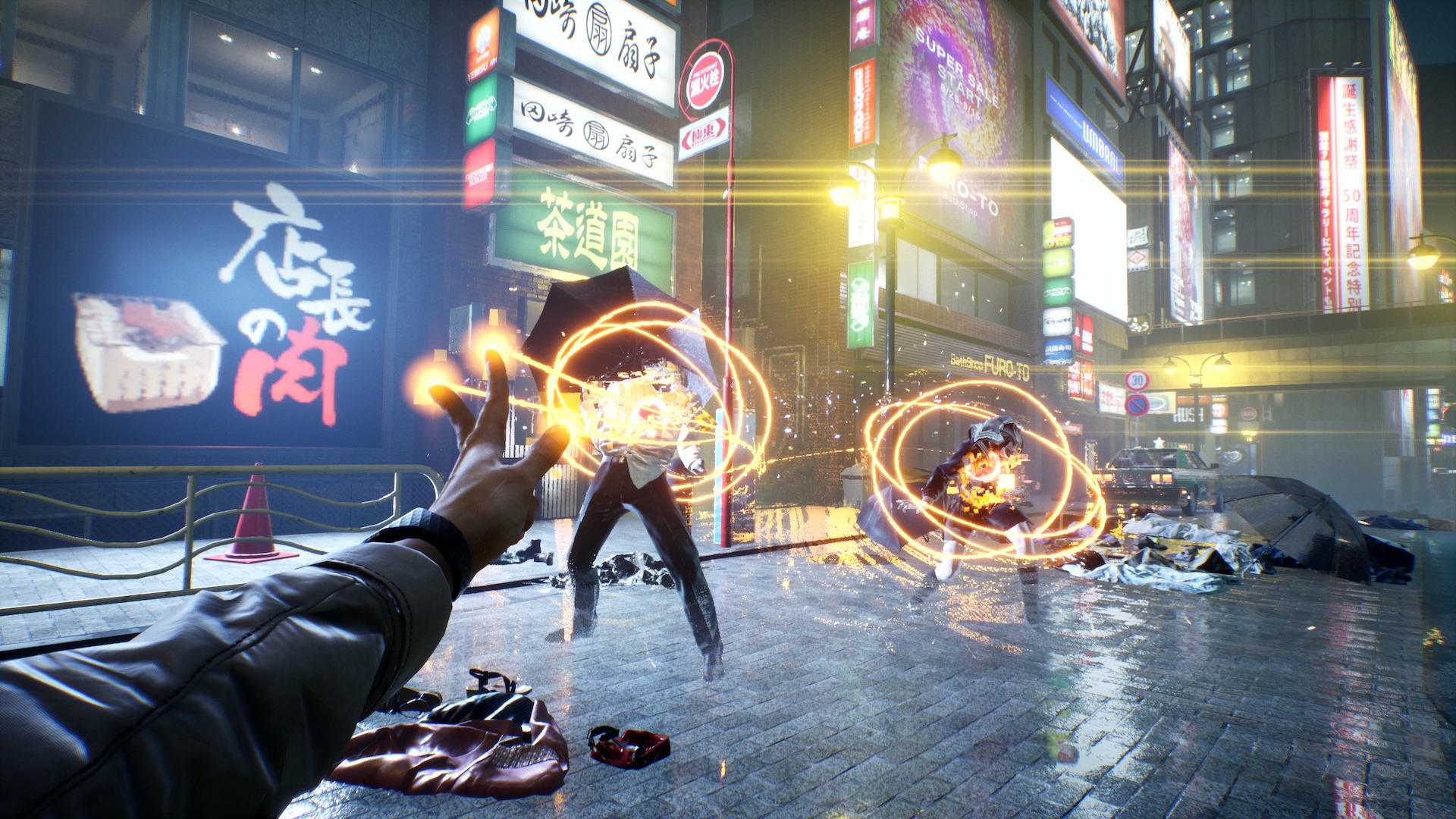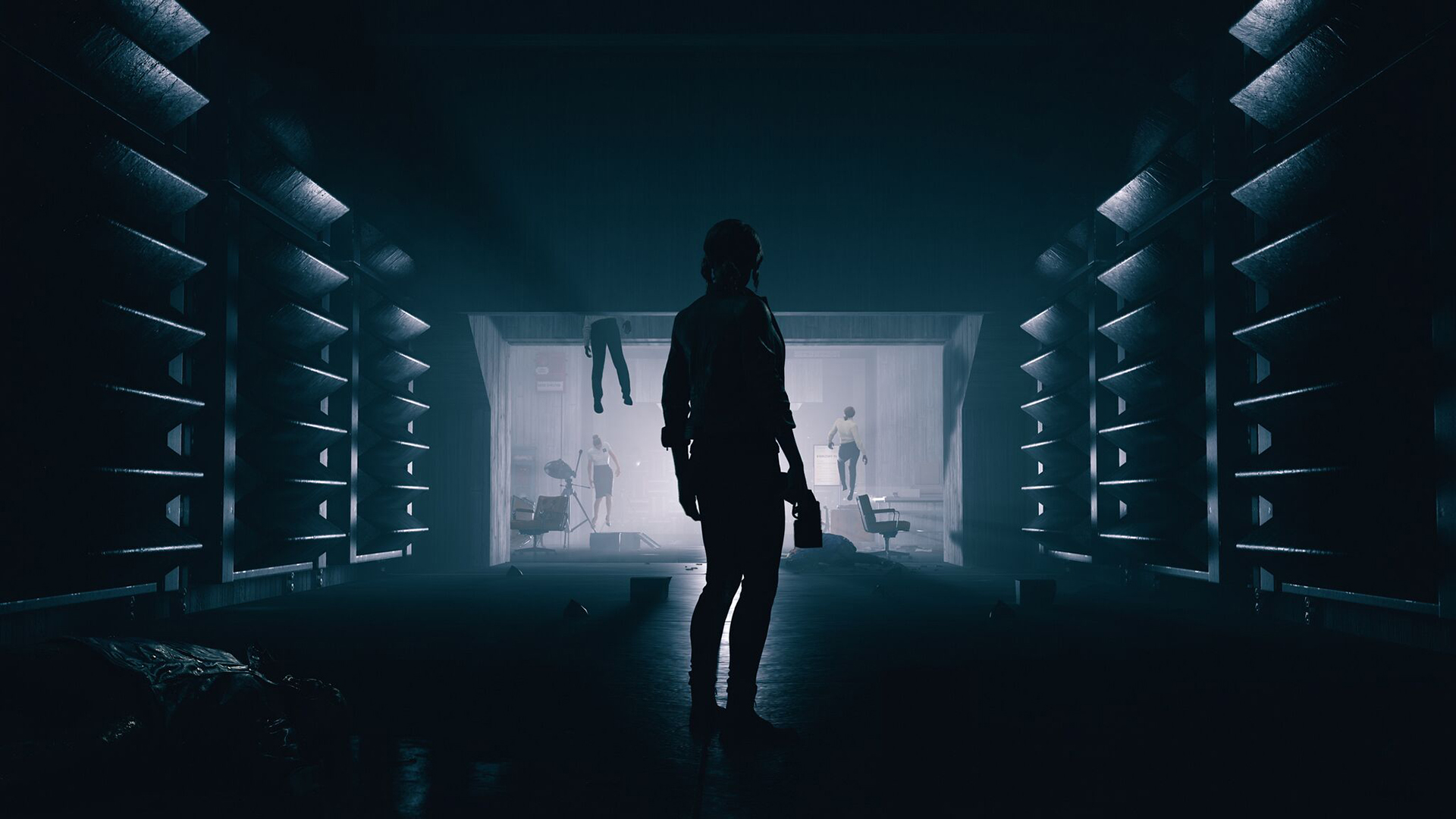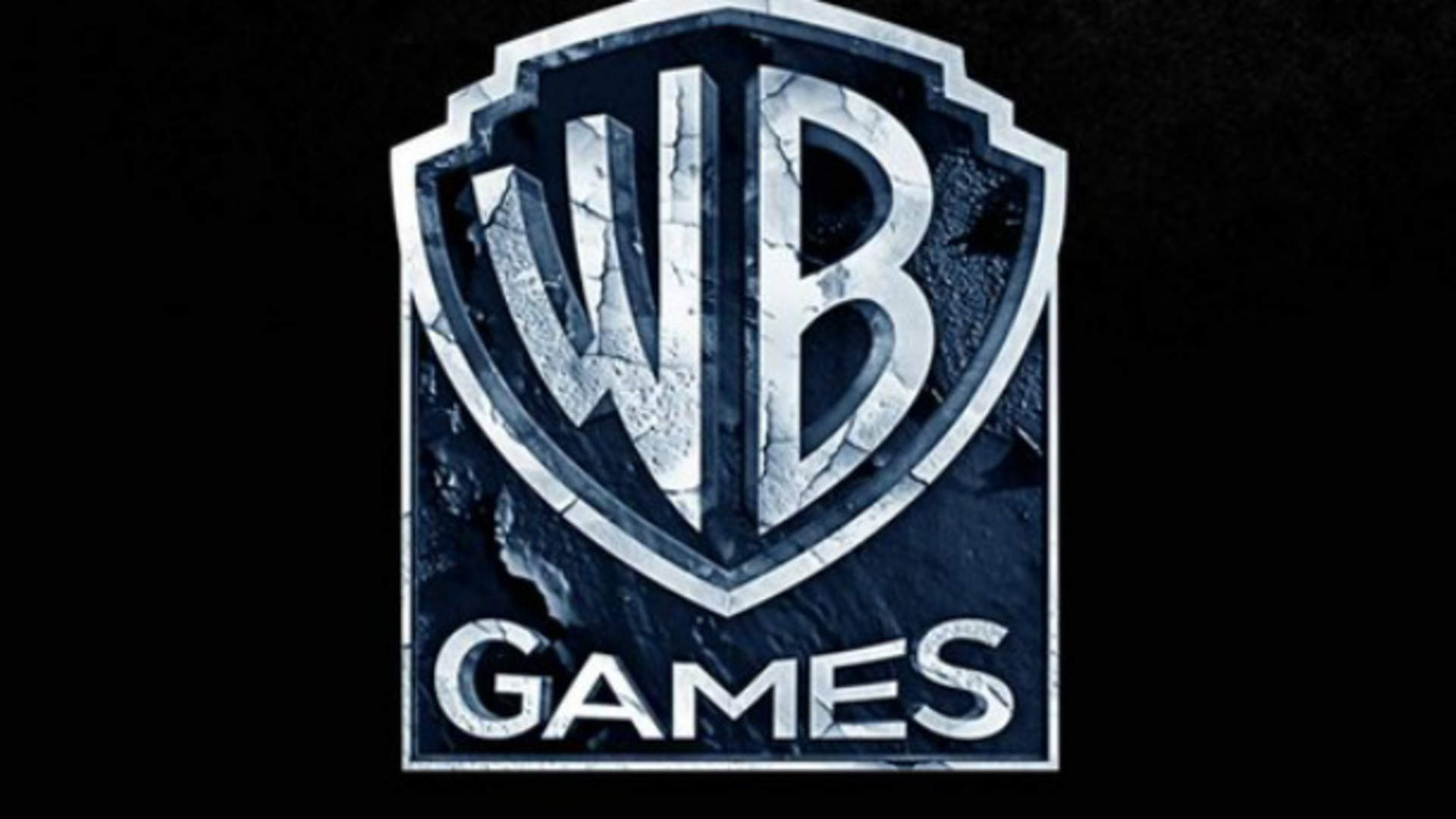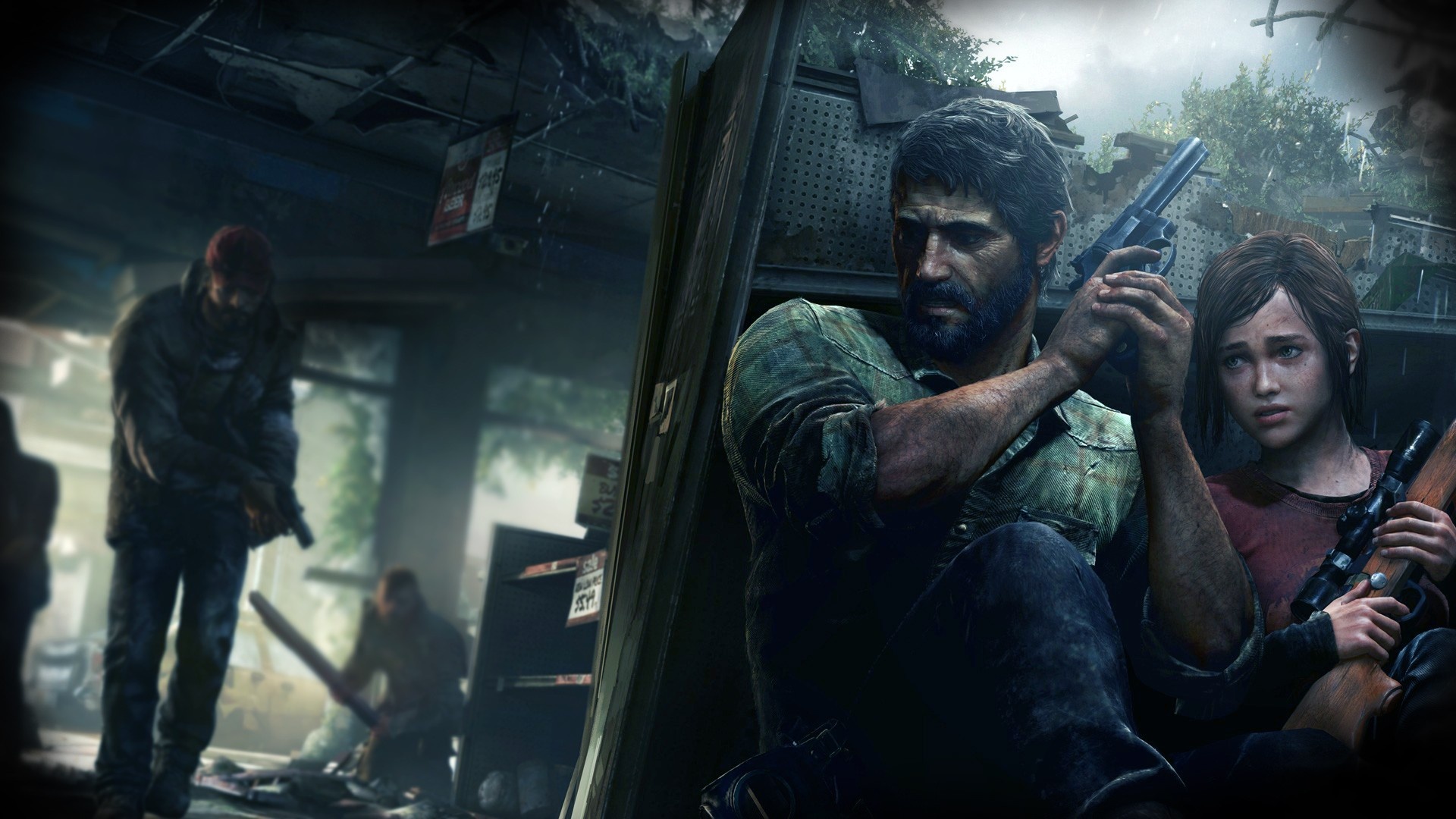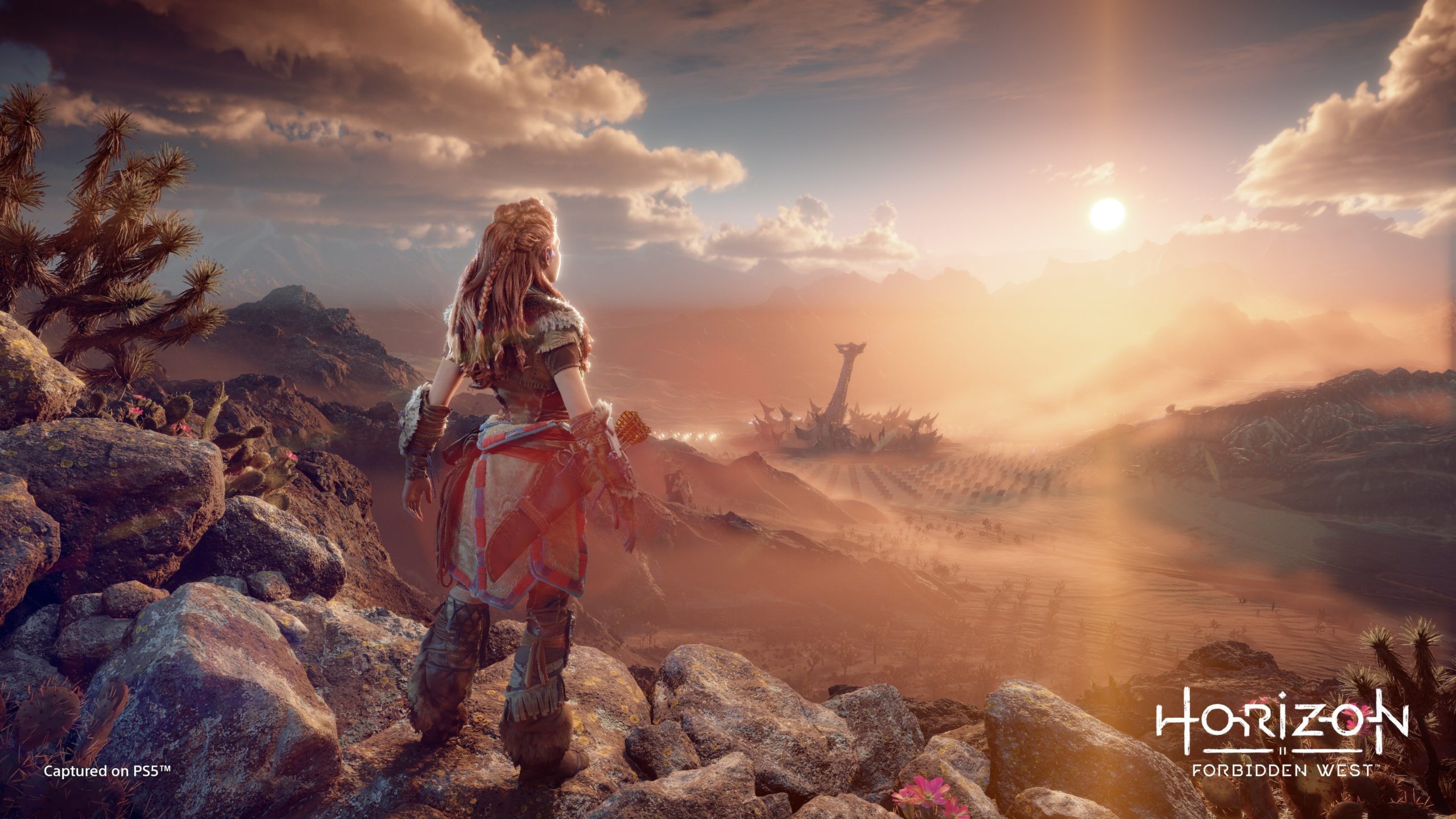Marvel's Avengers' Larger Story Won't Be Affected By Spider-Man, Devs Suggest
The fact that Spider-Man in Marvel's Avengers will be exclusive to PS4 and PS5 when he is added to the game in 2021 has kicked up something of a controversy, which is understandable enough. As possibly the most popular superhero character in the world, it's understandable that many are upset that he's being locked behind exclusivity deals in a major AAA Avengers game.
That, of course, will have other implications as well. For instance, given his nature as a post-launch character and the fact that he won't be available in the game's non-PlayStation versions, does that mean he won't be an integral part of the game's larger story and will instead have a much more self-contained arc? That appears to be the case.
Speaking with Wccftech, the game's developers confirmed that his arc in the game will be "in addition to" the larger story and main narrative, and that they won't be swapping him out with any other character outside of PlayStation, or anything to that effect.
"Spider-Man is in addition to the arc and progression of the main story as well. There was no swapping or anything else in that line," said combat director Vince Napoli. "We've got our plan, we've got our heroes that are coming out and the stories and the challenges and the gameplay escalation that we've planned out. That's all continuing as planned. And then just on top of all that stuff, we've also got Spider-Man now and you know, he's weaving into that, that is the key. There is no swapping or changing anything to kind of accommodate that. He's got to fit within the massive plan and all of that stuff we've already got. It's like, Sony went 'Hey, can you add this on top of it, as a sort of a cherry on top of that?' But he doesn't affect or change that in any way. That plan is still moving forward as originally planned and conceived with all the original expansion stuff in mind."
When asked if that means Spider-Man's story will be a self-contained arc, creative director Shaun Escayg said, "Absolutely, yeah."
It is certainly disappointing that Spider-Man being exclusive to the game's PlayStation versions means he will essentially have to play a bit-part role instead of having a larger impact on the narrative, especially given how important he is as a character- but given the complications a larger role for him might lead to in terms of possibly crucial content down the road also having to be exclusive to PS4 and PS5, it makes sense that that is the case.
While details on Spider-Man's story in the game won't be arriving for some time, Crystal Dynamics have said that new characters' stories will focus on them meeting with the Avengers for the first time.
Marvel's Avengers is out on September 4 for PS4, Xbox One, PC, and Stadia, and will be coming to PS5 and Xbox Series X later in the year. The game recently entered closed beta on PS4, and dataminers have already discovered files referencing characters that might possibly be added to the game down the line. Read more on that through here.
Horizon: Zero Dawn PC vs PS4 Pro Graphics Comparison, Port Analysis, And More
After literal decades where Sony wouldn't so much as prod the PC platform with a stick, we saw not one, but two big PlayStation 4 exclusives launch on PC: Death Stranding and Horizon: Zero Dawn. Both of these titles are powered by the Decima Engine, the technical showcase that Guerilla Games wowed us with back in 2017. Back then, Horizon: Zero Dawn was acclaimed as one of the best-looking open world titles ever, on any platform, and a testament to what first-party developers can achieve when they make the most of Sony's hardware.
Death Stranding, the more recent of the two Decima engine games was ported to PC earlier. It built on Horizon: Zero Dawn's open world chops and excellent character animation. It was also one of the best-optimized titles on PC in 2020. To top things off, it featured an implementation of NVIDIA's DLSS AI-based upscaling technology that looked better than native 4K with TAA.
Considering that Death Stranding was one of the finest PC ports we've seen in a while, expectations have been pretty high for Horizon: Zero Dawn on PC, especially since the two share a common engine. How well has Horizon: Zero Dawn transitioned to PC? How do PC users gain relative to the PlayStation 4 Pro code? Let's take a look and find out.
Minimum and Recommended specs:
Like Death Stranding, Horizon: Zero Dawn's minimum and recommended specs are quite forgiving. What's interesting is how the minimum and recommended graphics cards are all in roughly the same performance tier.
The minimum requirements need an AMD FX 6300 or Intel Core i5-2500K, 8 GB of memory, an AMD Radeon R9 290 4GB or NVIDIA GeForce GTX 780. And the recommended specs require a Ryzen 5 1500X or Intel Core i7-4770K, 16 GB of memory and AMD Radeon RX 580 (8GB) or NVIDIA GeForce GTX 1060 (6GB).
Guerilla Games claims that the recommended specs are for a 1080p/60 FPS experience with the "original" settings preset selected. Relative to a lot of newer games, these are very forgiving specs, with the exception of that 100GB storage requirement. It's nice to see the Sandy Bridge i5-2500K still hanging in there after close to a decade. Even the recommended CPUs, the Ryzen 5 1500X and Core i7-4770K are lower midrange at this point.
There's a very small performance delta between the minimum and recommended GPUs here. The R9 290, for instance, regularly hands in frame rates within 10 percent of the RX 580. The VRAM gap is more pronounced, however. This tells us that if you're running a 4GB card, even a lower-tier one like the RX 570, you won't have to drop all settings to "Favor Performance." Just drop textures a notch and you should be good to go. We experienced excellent performance all around: if you have a higher-end system like our GeForce RTX 2070 SUPER and Ryzen 9 3900X combo, you should easily hit 60 FPS at 1440p, and 4K is possible with just a bit of tweaking. The image quality settings that we'll talk about, notably "Adaptive Performance" help a lot here.
Graphics settings: a decent amount of headroom for tweaking
Horizon: Zero Dawn offers a decent number of graphics settings to tweak in order to eke out better perform or exceed the visual standard of the PlayStation version of the game.
As a reminder, the PS4 Pro gave users two options. One of them allowed for better resolution and the other better performance. For the purpose of this comparison, we have only considered the resolution mode which runs the game at checkerboard 4K resolution at a stable 30 fps. We analysed the PS4 Pro's performance by taking some sample scenes from the game and running it through trdrop, an open source software. Note that this tool gives us a mere demonstration of the game's performance, because an exact 1:1 representation of performance can only be provided by the developers themselves since they have access to vast of array of tools and profilers.
Interestingly, Horizon: Zero Dawn on PC features switches out "medium" presets for "original," which appears to be a close match for the PlayStation 4 Pro edition of the game. This is one of those cases where medium (or "original" in this case) isn't necessarily a bad thing. Drop all those settings to original and you get the PlayStation 4 Pro experience with headroom for higher framerates and a higher resolution output. The other setting presets also have slightly different names. Instead of Low you have "Favour performance," and High and Ultra are replaced by "Favour Quality" and "Ultimate" respectively.
As mentioned, "Original" equates to the original PlayStation 4 version of the game and there are two entire quality presets above that push the boat out on PC. Apart from the graphics settings themselves, there are a number of Display settings players can tweak to adjust image quality to their liking. These include:
- Preset
- Textures
- Model Quality
- Anisotropic Filtering
- Shadows
- Reflections
- Clouds
- Anti-aliasing
- Motion blur
- Ambient Occlusion
And there are display settings which you can tweak which include:
- Display resolution
- Field of View
- Adaptive Performance
- FPS Limit
- Render Scale
- Refresh rate
- V-Sync
- HDR
Preset is self-explanatory. Adjust the preset changes all other graphics settings to the desired preset. If you just want a PlayStation 4-equivalent experience, drop this to "original" and you're good to go, and you'll have a healthy amount of performance headroom to boot.
Texture quality is a setting you'll want to tweak if you have a graphics card with 4GB of VRAM or less. Cards like the 4GB GTX 1050 can benefit from the "Favour Performance" setting if you experience stuttering. If you have a 6GB or 8GB graphics card, you should easily be able to enable "Ultimate." As this isn't a from the ground-up graphics overhaul for PC, actual texture quality isn't a big step above the PlayStation code, even on the higher settings. Instead, higher texture setting levels cache more textures on VRAM, meaning less texture pop-in, important when paired with PC's higher draw distance.
Model Quality adjusts the geometric complexity of meshes in-game and also the distance at which LODs kick in. Horizon: Zero Dawn featured some of the most accomplished main character models we've seen this entire generation. This means that, even at "Original," geometry looks incredible. At higher settings, high-poly meshes are pushed further out into the background. If you're running the game at a native 4K, "Favor Quality" or "Ultimate" can add a significant amount of detail in the distance, though at the expense of a substantial performance hit.
Anisotropic filtering adjusts the quality of textures presented at an oblique angle. This especially affects floor and ceiling textures. In modern games —and Horizon: Zero Dawn is no exception — Anisotropic filtering has a negligible performance hit on PC. You want to leave this at x16 in-game. Alternatively, just enable x16 Anisotropic filtering globally in either the NVIDIA or AMD control panels.
Shadows and Reflections: These two settings adjust the resolution of shadows and reflections and how far out they're rendered. At lower settings, you see fewer screen-space reflections, with a lower resolution overall. Original quality shadows don't exactly look bad. However, if you want fine shadow filtering and distant shadow LODs, you'll want to enable "Ultimate."
The Clouds setting controls the complexity of the game's volumetric cloud rendering. Horizon: Zero Dawn's cloud rendering tech was remarkable back in 2017. At higher settings, PC offers a genuinely improved experience here with fluffier, complex cloud models.
Anti-aliasing allows you to select between the game's accomplished TAA filtering, with relatively low blur and excellent coverage, camera-based AA, FXAA, SMAA, or to simply disable it. The game claims that camera-based AA looks the best. However, we found that TAA, together with a sharpening pass with Image Sharpening in the NVIDIA control panel offered excellent AA coverage and optimal image quality.
Motion blur has a single off/on toggle and enables or disables the game's camera-based and object-based motion blur.
Ambient occlusion controls indirect shading on objects. While original looks fine, higher presets have a higher sample count and better filtering for a more refined look.
Display settings: tweaking image quality for optimal performance
Apart from the actual graphics settings, Horizon: Zero Dawn has a number of Display settings you can adjust to get performance just right. Resolution is, obviously, a biggie. It's ideal to run the game at your native display resolution. However, dropping this down can help, though you could just use the included "render scale" option to do this in-engine. It's important to note that Horizon: Zero Dawn supports ultra wide resolutions, so if you have a 21:9 display, the game should work out of the box.
Field of view adjusts the game's FOV. A higher FOV presents more of the game world than the rather compressed console-friendly field of view on the PlayStation 4. However, more of the world is rendered at higher FOVs so there is a bit of performance impact. We suggest leaving this at default or increasing it a bit if you sit close to the monitor.
Render scale, adaptive performance, and FPS limit all work together to help you nail down a consistent level of performance. Unfortunately, the adaptive performance implementation doesn't work well right now — it can drop your pixel count by over 75 percent in certain cases. Render scale lets you reduce the maximum resolution. Dropping down to 0.9 can give you a notable performance boost with a negligible hit to image quality. FPS limit lets you manually limit the frame rate. Again, this feature doesn't seem to work right with the launch code. We suggest using a third-party FPS limiter like RTSS instead.
Horizon: Zero Dawn offers a double-buffered V-Sync option. We suggest leaving this disabled and enabling adaptive V-Sync with triple-buffering through your GPU control panel if you want a relatively stutter-free experience. RTSS scanline sync is another welcome alternative.
Horizon: Zero Dawn's excellent HDR implementation does make its way over to PC. You might have some trouble with Windows 10's HDR settings. However, once you get things to work, the game looks stunning on displays with proper HDR support.
Conclusion:
All in all, we're happy with Horizon: Zero Dawn's PC port. While performance isn't quite where it should be — especially in comparison to Death Stranding, it's great to just have this excellent first-party title on PC at all. Native support for ultra wide monitors is a big plus. And while performance issues and some broken settings are problems, this is a far better day-one experience than Red Dead Redemption 2, for instance.
Sony Has Approached Most Major Third Parties for PS5 Exclusivity Deals – Rumour
There's been a lot of talk of late about Sony making big moves with third party exclusivity deals for the PS5. Kinda Funny's Imran Khan has been talking about it quite a bit of late, saying that there will be a "marathon" of third party exclusive announcements, and that people will be "shocked" by many of these.
Recently, Khan took to the ResetEra forums to elaborate on that a little bit more, potentially revealing some interesting details. According to him, Sony has approached most major third party publishers in the industry for exclusivity deals, ranging from deals for exclusive content – similar to the one recently announced for Marvel's Avengers – to games that will be flat-out console exclusives. Khan says that the "PlayStation Advantage" branding – which we recently saw the first of in a Marvel's Avengers trailer – and the words "console exclusive" are something we'll be seeing a lot of in the near future.
Interestingly enough, he also added that Microsoft, too, approached several third party publishers, but were unwilling to match their asking prices, owing to the fact that Sony had approached them with pretty high figures in the first place.
"There isn't a major third party out there Sony failed to approach asking what kind of deals they could work out. Some had content, some had games, some had content and games," Khan wrote. " It is not like Microsoft was not willing to offer, they just didn't want to pay the asking price, because Sony approached with pretty high numbers in the first place.
"That 'PlayStation Advantage' branding and 'Console Exclusive' wording are both going to get a lot of use in the next few years."
Square Enix's Project Athia and Bethesda's Deathloop and GhostWire: Tokyo have already been confirmed as PS5 exclusive games, while recent rumours have suggested that the same might be true for the unannounced Final Fantasy 16 as well. Sony are reportedly preparing to share more PS5 announcements later this month, so perhaps we'll hear more about these third party exclusives soon.
Street Fighter Boss Announces Departure from Capcom
Capcom veteran Yoshinori Ono, who's been at the company for nearly 30 years and has been the executive producer of the Street Fighter series for over a decade, has announced that he will be leaving the Japanese company this Summer.
Ono recently took to Twitter confirm the same, and though he did not provide any reasons for his departure, he said that a "new generation" of Capcom staff will be taking charge of the franchise, and he is confident they will "continue making Street Figher extraordinary."
Ono first became involved with Street Fighter in 1998, and rose to become the brand manager of the franchise over time. During his time at Capcom, the veteran producer was also involved with various other major properties, including the likes of Onimusha, Marvel vs Capcom, Dead Rising, and more. He was also the executive producer on Deep Down, which as announced in 2013, but has been in development hell for several years.
Ono's departure follows from recent reports about Street Fighter 6's allegedly troubled development. Reportedly, the upcoming fighter was being led by Ono and was originally due out in 2021, but development troubles arising from criticism for the game's direction led to Ono being replaced as the project lead. Neither Capcom nor Ono have yet commented on these reports.
Meanwhile, a new season for Street Fighter 5 will be kicking off in Winter 2020, and will bring five new characters to the game's roster.
— Yoshinori Ono (@Yoshi_OnoChin) August 9, 2020
Marvel's Avengers – She-Hulk, Kate Bishop, War Machine References Spotted in Beta Datamine
Marvel's Avengers will be launching with six playable characters (that we know of), but Crystal Dynamics have said that more will be added to the game for free after launch. A couple of these have already been confirmed- Hawkeye will be the first post-launch character, while Spider-Man will be available exclusively on PS4 and PS5 some time in 2021. Now, it seems we may have evidence that points to even more unannounced characters coming down the line.
The game's closed beta recently kicked off on PS4, and unsurprisingly, dataminers have been digging around in its files. As discovered by Reddit user 6plus4equals52, files in the beta have direct references to She-Hulk, Kate Bishop, and War Machine for Hero Cards. Similar references can also be found for characters that are confirmed to be in the game, such as Hawkeye, Captain America, Iron Man, Black Widow, and more.
There is the possibility, of course, that these could be in relation to cosmetic items or collectibles, especially given the fact that the aforementioned Hero Cards files also mention rarities. There's also the fact that Kate Bishop, She-Hulk, and War Machine could easily be alternate skins for Hawkeye, Hulk, and Iron Man respectively. Or perhaps they're echo fighters, a la Smash Bros.
Either way, if these do turn out to be characters coming to the game, we can rest assured that they won't cause a repeat of the ongoing uproar surrounding Spider-Man's exclusivity, with Crystal Dynamics having confirmed that he will be the only exclusive character in the game.
Marvel's Avengers launches on September 4 for PS4, Xbox One, PC, and Stadia. It will be coming to PS5 and Xbox Series X later in the year, and support free next-gen upgrades for both.
The game's closed beta on PS4 recently kicked off. We were able to spend several hours with it over the course of a week before that- you can read our impressions through here.
GhostWire: Tokyo Is Not a Horror Game, But Will Still Have "Moments of Spookiness"
Given the fact that GhostWire: Tokyo is coming from the makers of The Evil Within, and from a studio led by Shinji Mikami – the creator of Resident Evil and father of the survival horror genre – it's not surprising that most are under the impression that Tango Gameworks' upcoming first person title is also going to be a horror game. That, however, is not the case.
Speaking recently in an interview with Game Informer, game director Kenji Kimura said that though GhostWire: Tokyo will have "moments of spookiness and mysteriousness", it is not a horror game, and is instead an action-adventure title.
"Ghostwire: Tokyo is an action adventure game, not a horror game," he said. "That being said, there will be moments of spookiness and mysteriousness. Because we are using Japan as the setting, we hope to deliver a fun experience packed with ominous, mysterious, and spooky elements based on Japanese Yokai folklore, fables, urban legends, and famous scary stories."
When asked about how GhostWire: Tokyo differs from the two The Evil Within games, Kimura said that though it has the same strengths in terms of atmosphere and "eerie vibes", the fact that it is being developed as an out-and-out action-adventure title allows it to "create a different kind of fun" compared to the studio's previous efforts.
"Ghostwire: Tokyo takes the strengths of Tango Gameworks – such as realistic graphics, creating atmosphere, and eerie vibes –and evolves them in a slightly different direction. This gave birth to an ominous, mysterious Tokyo that one might even say is eerily beautiful," he said.
"The challenge of making an action adventure game has given us an opportunity to create a different kind of fun when compared to what we previously offered," Kimura continued. "This is something that we hope players will enjoy because it allows for gameplay focused on exploring the city of Tokyo, solving a deep mystery, and overcoming various challenges and threats through the use of special abilities inspired by traditional Kuji-kiri hand gestures."
GhostWire: Tokyo will launch in 2021 exclusively for the PS5, and will also come to PC at some point.
Remedy is Working on Its Next Game, Set in the Same Universe as Control and Alan Wake
Remedy Entertainment began teasing a few months back that two of their games – Alan Wake and Control – might be set in the same universe, and that's something that they concretely confirmed recently with the recent trailer for Control's upcoming expansion, AWE, which will bring Alan Wake into the fold. Now, over on the developer's blog, creative director and writer Sam Lake has gone into greater detail on that.
Lake explains the concept of the Remedy Connected Universe- which is a pretty self-explanatory name, honestly. Lake says that while each Remedy game is a standalone experience, they're all also "doorways" into a larger, connected universe, before going on to confirm that the events portrayed in Alan Wake are one of many cases that the Federal Bureau of Control in, well, Control are keeping tabs on.
"The idea that the tales told in some of our games would be connected to each other, a connected world of stories and events with shared characters and lore," Lake writes. "Each game is a stand-alone experience, but each game is also a doorway into a larger universe with exciting opportunities for crossover events.
"Slowly, patiently, behind the scenes, we've been planning and plotting to make this a reality. I'm absolutely thrilled to tell you that now, the time has come to take the first concrete step on this road, establishing Remedy Connected Universe. You have no idea how happy it makes me to be able to finally make this statement.
"What took place in 2010 in Alan Wake is one of the cases that the Federal Bureau of Control has been investigating. The AWE expansion is the first official Remedy Connected Universe crossover event, bringing more Alan Wake lore into Control."
What's more, Lake goes on to say that the upcoming Control expansion is just the first step in bringing the Remedy Connected Universe to life. The studio is also already at work on its next game, which will be set in this same universe, and will presumably tie in with both Control and Alan Wake.
"This is still just a humble beginning," he says. "We're already hard at work on a future Remedy game that also takes place in this same universe."
What form that new game will take is anyone's best guess. A recent job listing hinted at a Control sequel, but Remedy have also expressed interest in developing a direct sequel to Alan Wake. Then again, maybe they're making something completely different.
Earlier this year, Remedy signed a publishing agreement with Epic Games for two unannounced next-gen games set in the same universe. You can read more on that through here.
Microsoft Flight Simulator Has a Massive File Size of 127 GB
Microsoft Flight Simulator is targeting a highly specific audience, but even if this isn't the kind of game you might be personally interested in, you can't help but admire its ambition. The level of detail and authenticity it is going for is unmatched, its usage of cloud tech and what that tech is powering within the game is extremely impressive, and, of course, it's also looking like it'll be one of the most visually stunning games ever created.
Not surprisingly, then, all of that ambition is going to be reflected in the game's file size as well, which we now know the specifics about with less than two weeks left until the game's launch. The simulator's Microsoft Store page was recently updated, and it confirms that it'll have a massive file size of 127.01 GB. Clear up some space in your storage if you're planning on diving into this one.
Microsoft Flight Simulator is out for PC on August 18. It will be available via Steam, Xbox Game Pass, and, of course, the Microsoft Store. It will also be receiving VR support post-launch.
WB Games May Not Be Up For Sale Anymore
Warner Bros. Interactive Entertainment has been in the news quite a bit of late, with recent reports claiming that the entire games division of the company – which consists of heavyweight studios such as Rocksteady, WB Games Montreal, NetherRealm Studios, Monolith Productions, and more – was up for sale, with the likes of Microsoft, Activision, EA, and reportedly interested in the acquisition. Talks about the same continued to heat up, especially when EA recently said that it was "more interested than ever" in acquisitions.
Now, however, it seems like AT&T – Warner Bros' parent company – may have changed its mind about things. In a recent letter sent out by WarnerMedia CEO CEO Jason Kilar to all employees of the company regarding recent changes in the company, it was said that Warner Bros. Interactive Entertainment remains part of the company, and part of its future plans.
"Warner Bros. Interactive remains part of the Studios and Networks group, along with our Global Brands and Franchises team including DC led by Pam Lifford, and our Kids, Young Adults and Classics business led by Tom Ascheim, all focused on engaging fans with our brands and franchises through games and other interactive experiences," Kilar wrote.
Of course, saying that the division remains part of the group isn't the same as saying that that will continue to be the case for the foreseeable future, but given the fact that this is the first time this has been addressed by Warner since reports of WB Games' sale emerged, it's significant nonetheless.
WB Games do have a lot of irons in the fire right now. Rocksteady are finally ready to unveil their Suicide Squad game later this month, while reports suggest that the next Batman game will also be revealed at the same time. Leaks of a Harry Potter RPG have also been prevalent for a couple of years, while recent rumours have suggested that Injustice 3 might be announced.
The Ascension of Sony's First Party – And What It Means For PS5
While Sony has always used exclusive games to sell its PlayStation consoles, it's not really unfair to say that for a very long time, most of those exclusives came from third party partners, rather than Sony themselves. Crash Bandicoot, Spyro, Final Fantasy, Metal Gear Solid, Ridge Racer, Tekken, Persona, most notable PlayStation games that people identified the brand with, at least early on, were not from Sony. There were, of course, exceptions to the rule – Gran Turismo was an early Sony first party hit, and it spawned a franchise that continues to this day, while God of War and Ratchet and Clank kicked off series of their own in the PS2 era. But like I said, they were exceptions, not the rule.
This started to change in the PS3 era. That was when Sony realized it couldn't take third party exclusives for granted – don't get me wrong, most major third party games still came to the PS3, but games that may once have been PlayStation exclusive, such as Grand Theft Auto 4, or most notably, Final Fantasy 13, all went multiplatform, hitting the Xbox 360 as well. In terms of exclusives, Sony didn't have the edge, because most of their notable exclusives were going to multiple systems at the same time.
Sony understood their plight here, because they did the extremely sensible thing that it would take some of their competitors another decade or so to get around to doing themselves – they realized that if they wanted to sell their systems on the back of their exclusives, those exclusives would have to come from themselves. Sony could no longer rely on third parties furnishing PlayStation with notable exclusives, not in the era of HD development, where game development was so expensive that multiplatform releases were all but necessary to see meaningful returns on investment.
The PS3 era was where Sony started to build up its first party roster. It was marked by wild experimentation, and a sort of "anything goes" philosophy. It was a bit reminiscent of the Sega of old actually – a lot of games, with a lot of varied styles, and of wildly varying quality. But Sony's first party games in the PS3 era weren't necessarily huge industry stopping performers – selling 5 million was a big deal for a Sony game (ones not named Gran Turismo anyway) back in the day. It wasn't until the very end of the PS3 era, with The Last of Us, that the success – and future direction – of Sony's first party efforts became clear.
The Last of Us was a seminal critical success, but perhaps more importantly, it was a massive commercial success. With over 18 million units sold, it showed Sony what a market there was for that kind of game – and from then on, that informed their direction with their titles.
Rather than trying to meet every possible genre – such as multiplayer shooter – with their first party games, Sony realized they didn't need to do that. After all, no third party multiplayer shooter they made would be bigger than Call of Duty, and Call of Duty was going to come to PlayStation anyway. But there was a market for story driven singleplayer experiences – a market that was very clearly not being served, as third party publishers hopped on the Games as a Service bandwagon. And Sony is exceptionally good at making games that fit that single player story driven adventure mold. And so the circumstances all lined up, and the perfect storm was born.
The results speak for themselves, really. Last generation, Sony had one game that crossed 10 million – Gran Turismo 5 (The Last of Us needed the PS4 port to reach its massive sales). This generation, we have five games to have done so already: Spider-Man, Horizon: Zero Dawn, God of War, and, yes, the PS4 port of The Last of Us. This isn't counting games such as The Last of Us Part 2 or Ghost of Tsushima, which are all but guaranteed to get to the 10 million milestone (and which would bring that total up even further).
The list of that games is as important as what it signifies. That's a list that includes two sequels, two new IPs, and one new take on an existing property. Basically what it shows is Sony is capable of moving anything in big numbers, be it a sequel or a new IP. Crossing 10 million units sold that frequently – and on one system alone – when that is a mark even third parties often fail to breach (when releasing on multiple platforms) is indicative of the strength of Sony's first party now. Sony's first party game releases become events now, and each is guaranteed to meet a certain baseline standard of quality, and be a big seller – at least as far as Sony's big flagship releases go.
Why is this important? It's important because Sony is now capable of selling its consoles to a fanbase on the basis of nothing but their first party games. There are enough fans of Naughty Dog, God of War, or Horizon that people will want to get a PS5 to get their respective next games. This is honestly something that only one other company has ever managed to achieve – Nintendo (who have now been selling their systems on the back of mostly nothing but their own titles for almost 20 years now). Not even Sega could support a console with only its first party efforts, and it's no coincidence that the most successful Sega system – the only successful Sega system – was the one that had an entire industry's worth of third party support backing it.
In the long run, this secures Sony's position entirely. Even in a nightmare hypothetical scenario, where they make a system that is completely abandoned by third parties, Sony can sell enough consoles on the promise of their first party games to stay afloat until they can try again (think Nintendo with the Wii U or GameCube) – and of course, Sony will never reach that nightmare scenario to begin with, because in spite of the strength of their first party games, they still do make consoles with third party game makers in mind.
What this means for the next generation is that, presuming the PS5 is not a sales disaster, we will probably see more games from Sony cross the 10 million mark (probably the sequel to Ghost of Tsushima and maybe even Ratchet and Clank: Rift Apart), but also more games cross the 15 million mark (only two did this gen), and start to brush up against the 20 million ceiling. Once again, these are crazy numbers – most multiplatform games don't even reach those numbers, and those release on multiple systems, not just one. And these crazy numbers will only perpetuate Sony's position in the industry, and their capability to sell their platforms without needing to rely on third parties to carry the torch for them – millions will buy a PlayStation anyway to play Sony's first party efforts.
Note: The views expressed in this article are those of the author and do not necessarily represent the views of, and should not be attributed to, GamingBolt as an organization.
